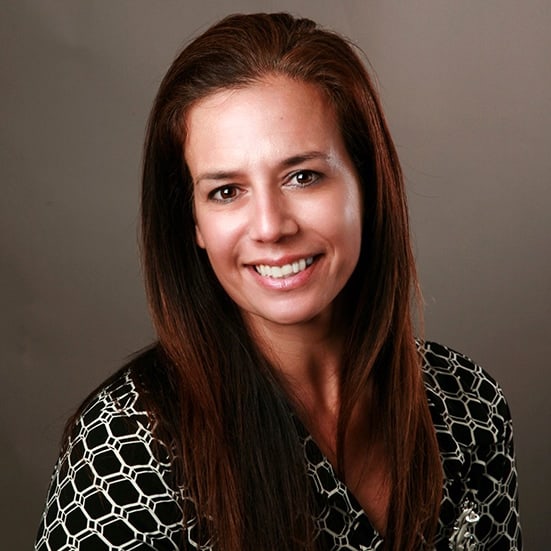Andersen & Beyond Clean Team Up for a Live Q & A
Andersen is pleased to be featured in the world premiere of “Beyond the Tour” – a film series produced by Beyond Clean, highlighting stories of innovation and disruption in the healthcare industry that deserve to be told. In the episode, Andersen takes viewers behind-the-scenes to reveal the processes, technology, culture and innovation that has made it a leader in 100% ethylene oxide (EO) sterilization for more than 60 years.
Directly following the premiere of Andersen’s episode, Andersen sterilization experts and the Beyond Clean team participated in a live question and answer session with viewers.
A few quick notes before we get started:
- Below is just the highlights reel.
- See the full video here.
- If you click on the timestamp after any quote, it will take you directly to that point in the video.
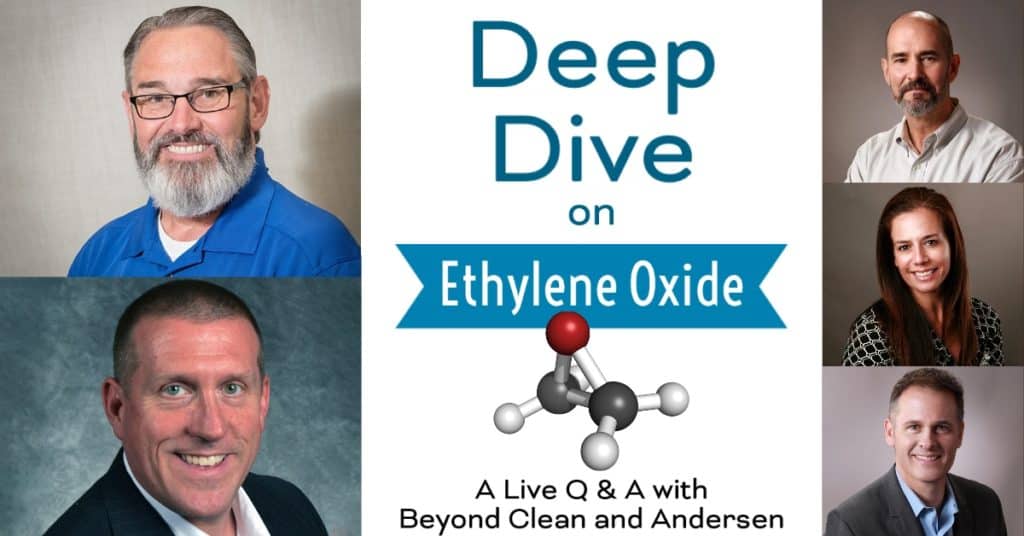
“I tell everybody, I used ethylene oxide my entire career in the hospital. And as long as you do it safely, as long as you have the equipment installed to protect your staff, your fellow co-workers, your general hospital area, it is a perfectly safe and a very, very good sterilant.” (10:36)
Bob marrs
Beyond Clean VP Organizational Development
Here is your all-star Q & A lineup:
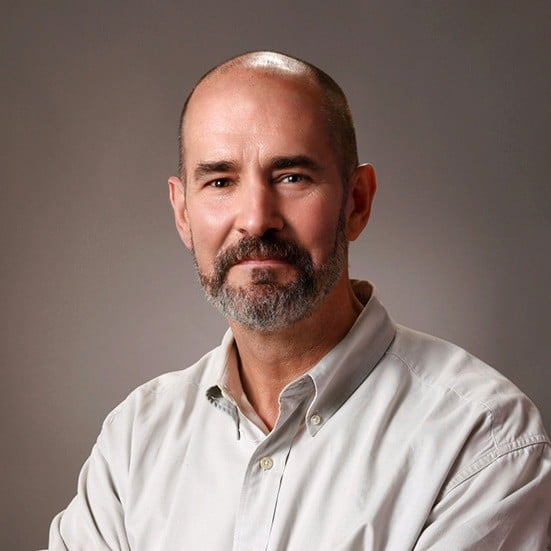
Ted May
Andersen
CEO

Steve Brown
Andersen
Northeast Account Manager
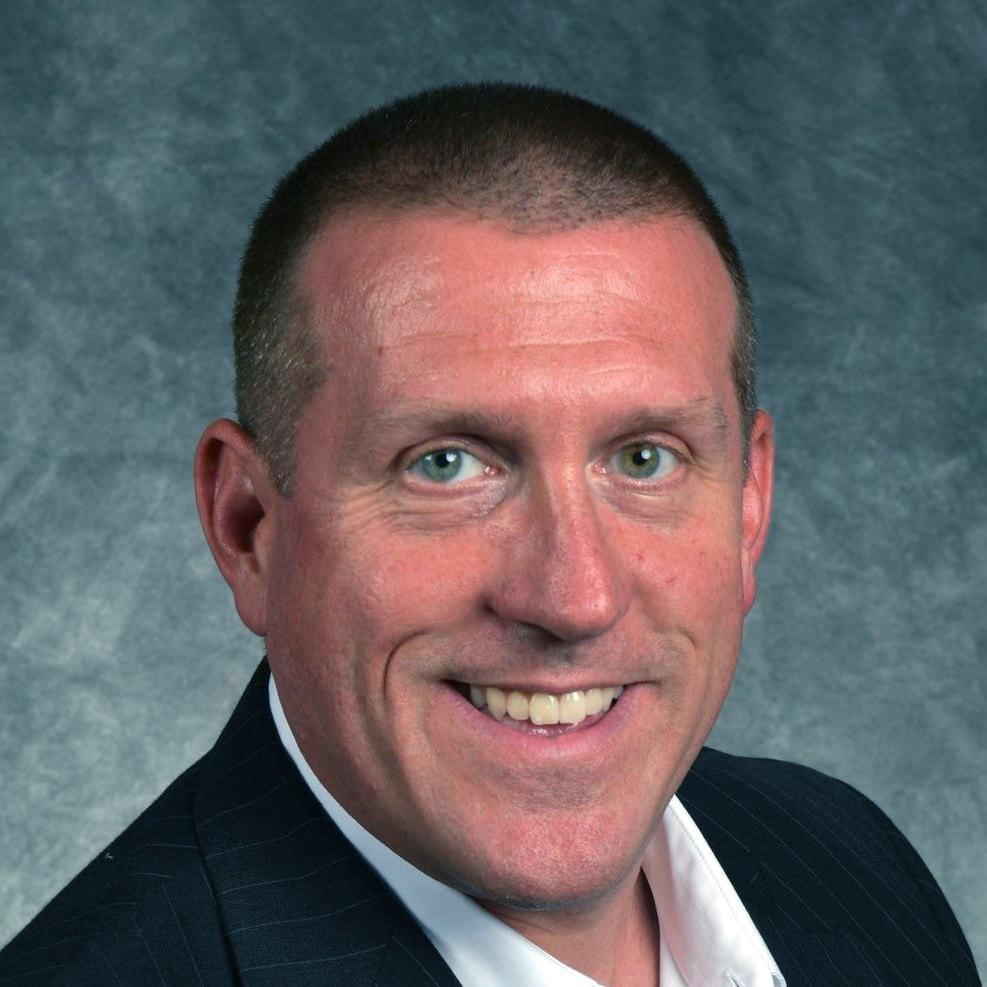
Justin Poulin
Beyond Clean
Founder & CEO
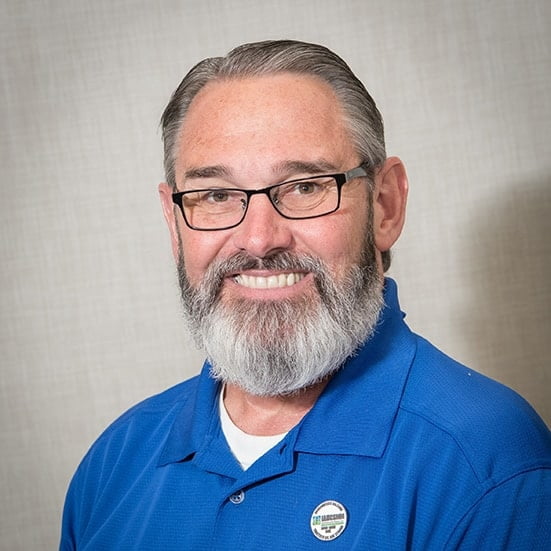
Bob Marrs
Beyond Clean
VP Organizational Development
1. I thought hospitals were moving away from ethylene oxide. Why would a hospital consider bringing it back?
“Any hospital that used EtO for CRE, completely eradicated them from their system.” (2:52)
“A lot of people don’t realize that ethylene oxide is one of the most compatible methods of sterilization. There’s a reason why over 50% of new medical devices are sterilized with ethylene oxide.” (3:02)
“Ethylene oxide is still been shown to be the most effective way of getting rid of all the organisms on these instruments.” (3:34)
“It doesn’t oxidize. Your items, they don’t get damaged when you sterilize with EtO. So your scopes don’t get hurt. Anything that you put in that system, comes out like it’s brand new.” (3:42)
“Touching on scopes, ethylene oxide is the only sterilant that can penetrate long and narrow lumens. As well as those very complex devices.” (4:00)
“It’s ironic that we measure EtO – and it’s required to measure it – at 1 ppm. But also we don’t talk about that same level of stringent regulation being applied to hydrogen peroxide, H2O2, it is the exact same measurement that they – they, the government – consider dangerous at 1 ppm. But we don’t talk about it.” (4:34)
2. Isn’t ethylene oxide more dangerous than other sterilization systems?
“Truly, any type of chemical that’s used as a powerful antimicrobial agent is going to be dangerous. So you have to use it correctly, the same way you would with any other sterilant in your SPD.” (6:15)
“We don’t try to say that you shouldn’t be careful with ethylene oxide. We try to emphasize the fact that you need to exercise the same level of caution – and the point you made, Bob – the same level of exposure testing with all of these methods.” (6:49)
3. It was great seeing Dr. Andersen. Is he still around?
“Very much. Dr. Andersen is 89. He founded the companies over 60 years ago. He is here, at the plant, every single day of the week. They built people tougher back then.” (7:42)
4. I thought ethylene oxide was going to be banned.
“It is not going to be banned. There has never been conversation regarding the actual banning of EO.” (8:34)
“Bob, you brought up in the video the old tank-based systems. The big tanks, they’re using a lot of gas, the tanks themselves had to be in ventilated storage. For a lot of people watching the video, this is what they think of when they think of an ethylene oxide sterilizer. It’s these systems that were designed back in the 70s and 80s and were used up to the 90s and early 2000s.
And we like to say this is a little bit like looking at a car from the 50s or 60s which didn’t have seat belts, didn’t have headrests, and – on the basis of that car – saying, ‘You know, I don’t think these car things are very safe.’ And if someone said that to you, you’d say, ‘Well, look, modern cars have ABS – antilock brakes – all manner of safety devices.’ And the same thing holds for ethylene oxide sterilizers, you cannot compare a modern, 21st century ethylene oxide sterilizer to these systems from back in the 80s and 90s.”
(9:19)
“I tell everybody, I used ethylene oxide my entire career in the hospital. And as long as you do it safely, as long as you have the equipment installed to protect your staff, your fellow co-workers, your general hospital area, it is a perfectly safe and a very, very good sterilant.” (10:36)
5. Are you suggesting that ethylene oxide will replace hydrogen peroxide?
“No. Ethylene oxide is just another tool in someone’s arsenal against poor infection prevention. It’s never going to replace, it’s only going to compliment other methods of sterilization.” (11:20)
“H2O2 is great. It’s fast, it does its job really well. There are some items, some materials, that you cannot sterilize with H2O2. So us being a compliment to that system is great because we are compatible with pretty much anything. If you have items, if you have cellulose materials, or just items that your afraid to put in H2O2 – that’s where we come in.” (11:38
“We get the question a lot, ‘What is the BEST method of sterilization?’ The honest answer is a modern SPD is a little like a professional golfer. They’ve got a lot of clubs to choose from. And you’re going to use the club that’s appropriate to where you are on the course. The SPD manager is going to use the technology that’s appropriate to the challenge at hand. Ethylene oxide is a really useful tool in the box.” (12:15)
6. The general public is talking about this. My friends and family are asking me about how instruments and devices should be cleaned. How does ethylene oxide help with this and what part does it play?
“There is a real debate over high level disinfection vs. sterilization of devices and which it should be. The general public, especially right now, is becoming educated. They are going to ask questions. They’re going to want to know what items are used in their procedure and if they were disinfected or if they were sterilized. With ethylene oxide, again, being one of the most compatible methods of sterilization, I don’t see why a hospital wouldn’t implement it in their SPD.” (13:46)
“There’s a lot of debate going on right now about is disinfection good enough for endoscope reprocessing. Increasingly there are a lot of people who are saying, ‘No. A lot of the particularly critical scopes need to be sterilized.’ We have a very good way of doing that.” (15:11)
“As people become more and more aware of the difference between something that is disinfected and something that is sterilized, I think a lot of people are going to start insisting on a sterile instrument being used on them. That’s something, in years past, people simply weren’t aware of that distinction.” (16:20)
7. What training is needed to use the equipment and what training is provided?
“Training is offered for everyone who purchases one of our systems. ” (17:14)
“Training is really part of the company’s DNA. Dr. Andersen is a very accomplished inventor. He’s got about 90 patents to his name. One of the things that he insisted on, going back to the early 1970s, was operator training. Today, joint commission requires it. It’s in all the guidance. Dr. Andersen was insisting on operator training before it became an industry standard. It’s something we’ve been doing as a manufacturer for over 50 years.” (18:49)
8. Justin, what was the experience like filming? Weren’t you nervous? Being on camera is way different than being on a podcast, I imagine.
“This is a project that I care deeply about, that mattered a lot. And as I got to know the Andersen folks, I really wanted to deliver something that you would all be proud of. And I didn’t know what to expect, I didn’t know what it would look like in the end. We were very much innovating and disrupting our way through this process. The patience that you guys had with that is phenomenal. Yeah, it was definitely nerve-wracking. I found myself dealing with that throughout filming and in the end, I think, we have a really good product. ” (21:42)
9. Bob, was there anything you learned about Andersen or ethylene oxide that surprised you? Especially since you had so much experience using the technology previously in the industry.
“Yeah. I think, at the end of the day, it really reminded me what an effective sterilant it is but also, if used properly, how safe it is. That truly is the message that rang through the entire tour, to me.” (22:53)

